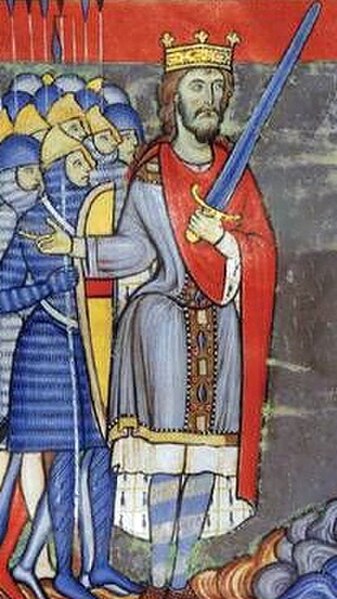The House of York was a cadet branch of the English royal House of Plantagenet. Three of its members became kings of England in the late 15th century. The House of York descended in the male line from Edmund of Langley, 1st Duke of York, the fourth surviving son of Edward III. In time, it also represented Edward III's senior line, when an heir of York married the heiress-descendant of Lionel, Duke of Clarence, Edward III's second surviving son. It is based on these descents that they claimed the English crown. Compared with its rival, the House of Lancaster, it had a superior claim to the throne of England according to cognatic primogeniture, but an inferior claim according to agnatic primogeniture. The reign of this dynasty ended with the death of Richard III of England at the Battle of Bosworth Field in 1485. It became extinct in the male line with the death of Edward Plantagenet, 17th Earl of Warwick, in 1499.
Image: Edmund of Langley 2C Duke of York
Image: Edward of Norwich Duke of York
Image: Edward I Vof England Yorkist
Image: Edward I Vof England Yorkist
The House of Plantagenet was a royal house which originated in the French County of Anjou. The name Plantagenet is used by modern historians to identify four distinct royal houses: the Angevins, who were also counts of Anjou; the main line of the Plantagenets following the loss of Anjou; and the Houses of Lancaster and York, two of the Plantagenets cadet branches. The family held the English throne from 1154, with the accession of Henry II, until 1485, when Richard III died.
Henry II (1154–1189) is considered by some to be the first Plantagenet king of England, and the first Angevin.
A 13th-century depiction of Henry II and his legitimate children: William, Henry, Richard, Matilda, Geoffrey, Eleanor, Joan and John
A miniature from an English psalter presenting a spirited account of the murder of Archbishop Thomas Becket, c. 1250. Walters Art Museum, Baltimore
Richard I's Great Seal of 1189, the History Museum of Vendée







